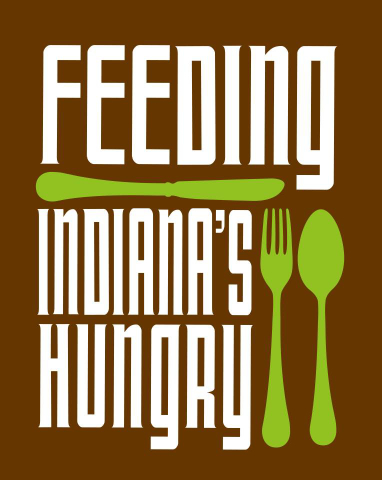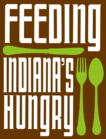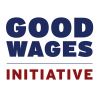New Data Underscore Need to Protect and Improve Federal Nutrition Programs
One in 5 households with children in Indiana reported in surveys covering the 2014–2015 period that they struggled to afford enough food, according to a new report released today by the Food Research & Action Center (FRAC).
Food Hardship in America: Households with Children Especially Hard Hit provides data on food hardship — the inability to afford enough food — for the nation, every state, and 100 of the country’s largest Metropolitan Statistical Areas (MSAs).
- Indiana ranked 23 out of 49 states and the District of Columbia, with 19.8 percent of households with children in 2014-2015 reporting they were unable to afford enough food.
- Louisville/Jefferson County (IN-KY) MSA ranked 11 out of 100 with a food hardship rate of 24.4 percent for households with children in 2014-2015.
- Indianapolis-Carmel-Anderson MSA ranked 46 out of 100 with a food hardship rate of 19.9 percent for households with children in 2014-2015.
- Chicago-Naperville-Elgin, IL-IN-WI MSA ranked 63 out of 100 with a food hardship rate of 18.4 percent for households with children in 2014-2015.
- Cincinnati, OH-KY-IN MSA ranked 90 out of 100 with a food hardship rate of 14.9percent for households with children in 2014-2015.
Nationally, the food hardship rate for households with children (19.2 percent) was substantially higher than the food hardship rate for households without children (14.2 percent).
“Too many children across our state, and the nation, are missing out on the nutrition they need for their healthy growth and development,” said Emily Weikert Bryant, executive director of Feeding Indiana’s Hungry. “This is unacceptable when there are solutions to end hunger now.”
Research shows that participation in federal nutrition programs, such as the Special Supplemental Nutrition Program for Women, Infants, and Children (WIC), the Supplemental Nutrition Assistance Program (SNAP), and meals provided during child care, school, afterschool, and summer, mitigate hunger and supports children’s health and learning.
“We urge Congress to do right by their constituents and protect and strengthen federal nutrition programs,” added Bryant. “With political will, we can ensure all children have the nutrition they need for their health and learning.”
Food Hardship in America: Households with Children Especially Hard Hit contains data throughout 2014 and 2015 for 49 states and 100 of the country’s largest metropolitan areas (MSAs). The data were gathered as part of the Gallup-Healthways Well-Being Index survey, which has been interviewing hundreds of households annually since January 2008. FRAC has analyzed responses to the question: “Have there been times in the past 12 months when you did not have enough money to buy food that you or your family needed?” A “yes” answer to this question is considered to signal that the household experienced food hardship.
The full report is available at www.frac.org
Editor’s Note: Maine rates were excluded from this report due to anomalies in the Gallup polling data in that state.
The Food Research & Action Center (FRAC) is the leading national nonprofit organization working to improve public policies and public-private partnerships to eradicate hunger and undernutrition in the United States. In its A Plan of Action to End Hunger in America, FRAC recommends a policy path for the nation to reduce the suffering and unnecessary costs caused by struggles with hunger, poverty, and reduced opportunity. Follow FRAC on Facebook and Twitter.



